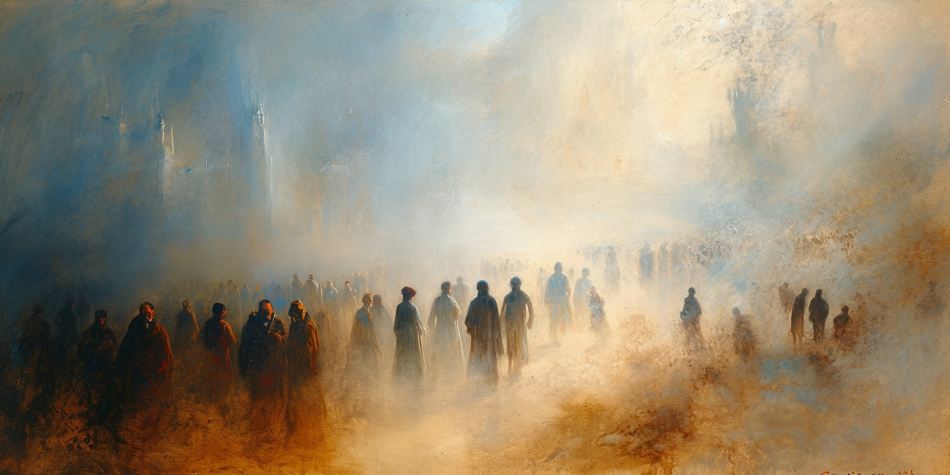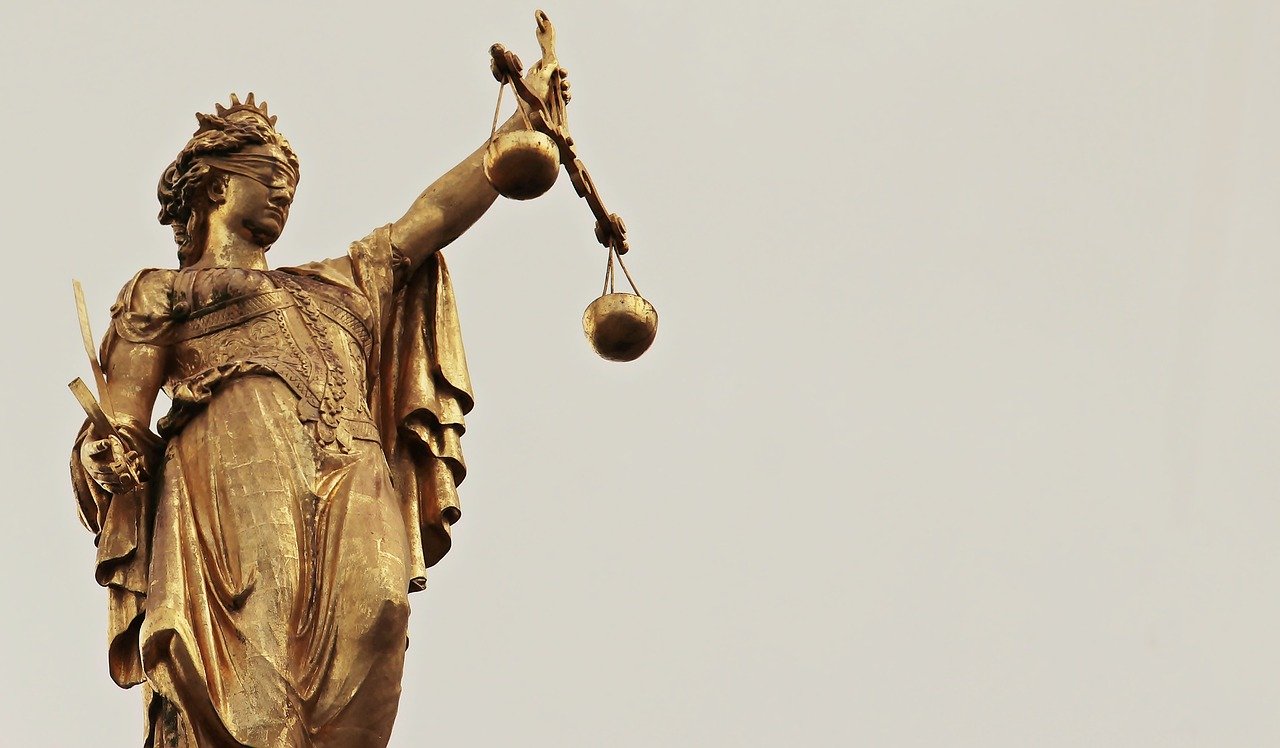The ancient Book of Mormon prophet, Lehi, had a dream in which he saw a tree of life and various groups coming to or leaving the tree. One of the groups he saw leaving the tree did so by going down what Lehi describes as “strange paths.” Charismatic leaders of our day, as seen in current headlines, depart on such paths, leading to tragic outcomes. Yet, these deviations are not confined to grand narratives; they manifest in our personal lives, whether our own or those of our loved ones. The allure of divergent doctrinal paths, as explored in the first article of this series, may stem from various factors, including universally relevant vulnerabilities. The second article then delves into the intersection of narcissism and Gnosticism as one of the more extreme challenges bred from a culturally supported inclination toward self-absorption. As evident in some cases, the outcome can be an escalation to criminal and pathological levels.
Do we, perhaps, unknowingly compound these vulnerabilities and inclinations by hastily explaining away or dismissing signs of trouble?
Returning to Lehi’s dream, he openly expresses worry for two of his sons, Laman and Lemuel, who refuse to join him at the tree. Like Lehi, perhaps we find ourselves eager to share but also concerned when met with ignored invitations. One reaction to this is a developed sense of shame for our worry, resulting in justifications and excuses for straying into the mists. Do we ardently desire to share the fruit, recognizing it as the source of profound happiness, bringing “exceedingly great joy” and surpassing all other fruits? Is it permissible to care, to yearn to share with others, and to feel concern when precious truth is met with rejection? Is it acceptable to be troubled when detecting indifference or defiance within ourselves and those we love? Do we ardently desire to share the fruit?
The spiritual drift of our day, as described by Lehi, is also foretold in the parable of the ten virgins. It’s important to remember that all ten of these dear sisters were where they were supposed to be. Yet, five of them were wise, and five of them were foolish.
Focusing on the depth and meaning of the word foolish provides insight. As we read in Proverbs, “The legs of the lame are not equal: so is a parable in the mouth of fools.” Lame legs are still legs, yet they do not work as they should, nor do they accomplish much. In like manner, a parable or gospel knowledge in the mouth or mind of a fool cannot accomplish much good either.
Foolishness, in respect to the foolish virgins, is pretty similar to having been taught for the test. In other words, they knew the list of expectations and knew enough to fill in the blanks. They knew the checklist but did not exhibit doctrinal mastery. They heard the wisdom but didn’t practice personal discipline.
They were where they were supposed to be. They knew the bridegroom was coming and had accepted the invitation. They brought lamps with them, lit lamps. The foolish still waited, stayed, slept, and trusted he would come. They awoke when they heard he was drawing near and trimmed their wicks so their lights would be clear and bright, remain smoke-free, and burn evenly and longer.
Only then did they realize they did not have enough oil. Their lack snuck up on them. In essence, their spiritual drift caught them unaware. When they learned that their friends could not share, they didn’t quit but instead rushed out to buy more oil, hurrying back with the desire to meet him. They assumed they could safely step away. They were not prepared to remain steadfast and immovable. At the final moment, they needed more and it could not be found. It was too late.

Consider the opposite course of action—the wise women of this parable. They did all the same things the foolish did, plus more. They brought vessels of extra oil. They stood firm in their quest, even in the face of their desperately pleading friends, they knew their limits and when to say “No.” They had a firm understanding of what was needed. They had an immovable boundary regarding what they could not give up. They had the courage to counsel their friends regarding the steps they needed to take and sent them to purchase more oil while they remained to take the steps needed to ensure they were on the proper side of the door when it was closed. They had the moral fortitude to act in spite of needing to leave others behind.
In both of these narratives, there is a focus on the choices individuals make. In Lehi’s dream, individuals who hold fast to the iron rod (symbolizing the word of God) reach the tree of life, representing eternal life and the presence of God. Those who wander off the path or become distracted by mists of darkness face spiritual peril. Similarly, the parable of the ten virgins emphasizes the need for preparedness and vigilance while awaiting the arrival of the bridegroom (symbolizing the Second Coming of Christ.) Leaving the path even for oil resulted in fifty percent of them missing the greater opportunity. The Bridegroom is coming. It may be difficult to consider, but important to ask: are we ready to stand firm and face Babylon? After partaking of the fruit, Lehi did not leave the tree. He “beckoned” and called out with a “loud voice” for his loved ones to join him. That’s what standing firm looks like. These accounts both illustrate that real consequences arise from stepping away and wandering off. The simplicity and peace of the gospel are overshadowed by the buzz of new ideas.
At various points, we have each found ourselves exposed to fringe groups that wade from the banks of the river in Lehi’s dream. One such event resulted in several family units removing themselves from church membership. What started as a gospel study group devolved into looking beyond the mark in doctrine and prophetic counsel. It was shocking to witness, however, how a straightforward practice shielded our family from this siren song: unwavering support for the prophet. Our family mantra, “follow-the-Brethren,” shielded us as we witnessed beloved associates drift into open rebellion. We ran each whispered confidence and hushed derision through our “follow-the-brethren” filter. Our work included open discussion, prayerful consideration, and seeking truth in divinely recognized sources such as scripture and the teachings of the prophets. Thankfully, the warnings from the Spirit to distance ourselves grew clearer each time we exercised this process. As we aligned our wills to God’s, the insidious mists of confusion cleared to expose the apostasy before us.
It will come as no surprise that along with such practices come derisive accusations of blind adherence. As Socrates said, “When the debate is lost, slander becomes the tool of the loser.” Accusations of naive obedience are slander, for nothing could be further from the truth. Blind adherence is the act of following without any effort at spiritual confirmation and is a gateway to spiritual drift. Following without thought means taking no action other than to tag along, resulting in spiritual atrophy. This is a place of vulnerability that Satan is delighted to exploit, as blind followers are easily persuaded. Even the most gentle winds of descent can blow a follower off course, leaving them spiritually adrift and unaware.
This vulnerability is a place of susceptibility to the influence of others. In drift, one grows distant from the warning signs of the Spirit. Due to the fading influence of the Spirit, yet not fully understanding the absence felt, one can become overwhelmed by the pain of the spiritual dissonance. A hunger to feel connected to anything or anyone grows, setting the stage to become easily enticed by strong personalities offering something new or more. The simplicity and peace of the gospel are overshadowed by the buzz of new ideas and places of belonging. But we have been promised by our own modern-day prophet that no matter our questions or problems, the solution and path to healing is always found in the life and teachings of Jesus Christ.
While faithfully following the prophet provides valuable guidance on our spiritual journey, it does not grant immunity from encountering pain. Embracing the path of avoiding drift and spiritual atrophy or staying close to the tree entails acknowledging and navigating through pain. Much like Lehi, who was deeply saddened when Laman and Lemuel did not join him by the tree, and the wise virgins who had the heart-wrenching task of saying no and turning from their friends, we intimately understand the agony of witnessing spiritual drift or outright rebellion in those we love. It is only through our reliance on our Savior that we have discovered the grace to endure faithfully during such challenging times. We hold a deep belief that no one’s story is finished yet. Just as the Savior eases our pain and instills hope, He stands ready to lift and save when earnestly sought. No one’s story is finished yet.
In the tender entreaty of Jesus, He offers Himself as the source of our healing: “Will ye not now return unto me, […] that I may heal you?” We imagine anyone would jump at the opportunity to be healed, but here, the Lord must plead, and pleads still, that we turn to Him.
During moments of trial, the decisions we make about our pain, specifically where and to whom we turn, carry profound consequences. At the heart of the matter, we pose the question: Do we trust our pain to the Master Healer?

















